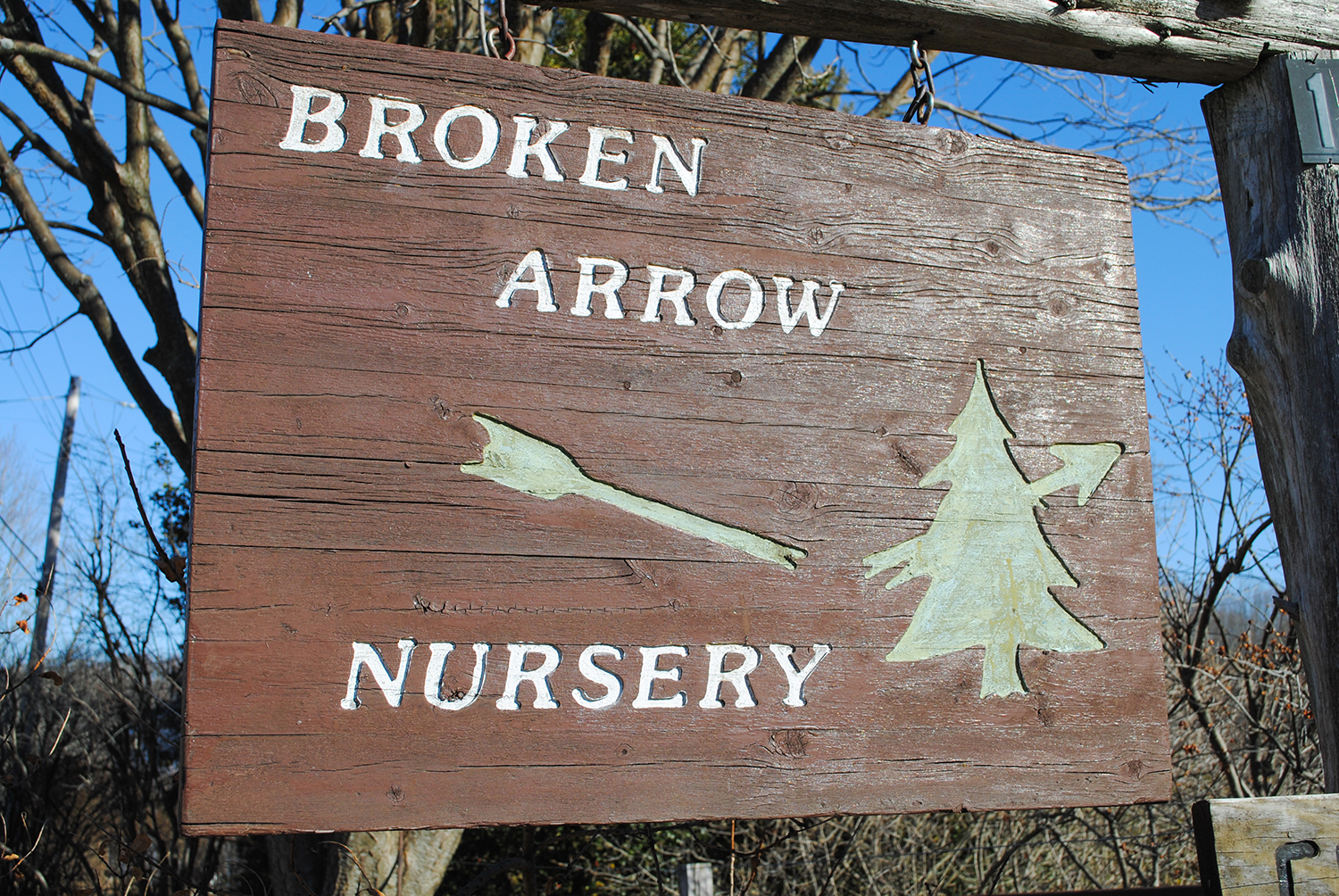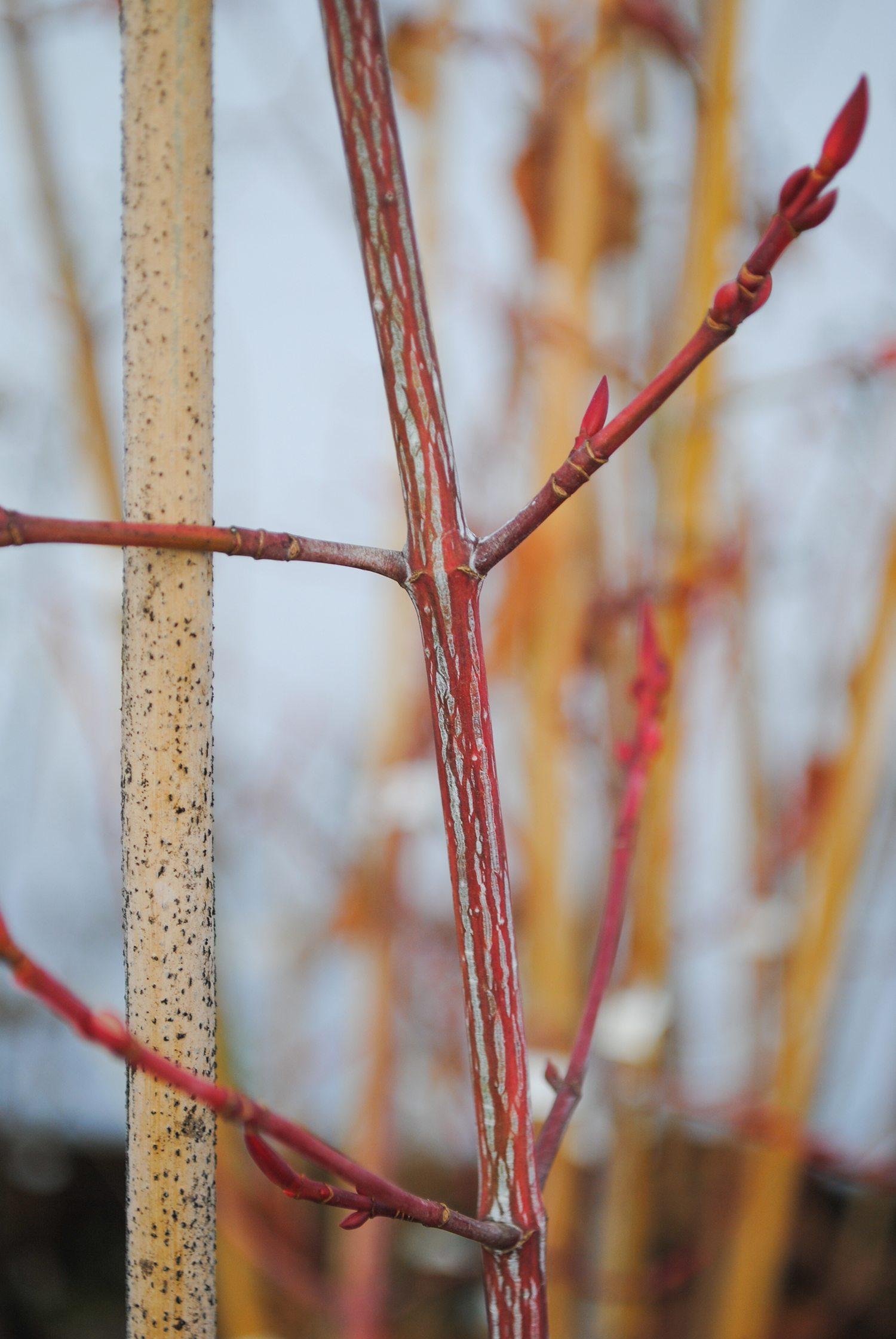It’s the new year, and we are excited to see the ideas we have for our homestead sprout, grow, and blossom. I have much I want to accomplish this year, and to really hone my focus, I recently sat down and wrote out my big goals for the new year.
MAKE A BASE MAP. Over the holidays I constructed a base map for our smallholding so that we can plot and plan where the different gardens and production areas will go. Using the survey information, I’ve created in Illustrator a polygon that perfectly fits an underlaid Google map image of our property. It was amazing for me inputting the shape's criteria only to find that it seamlessly fits our fence rows. The next goal is to get the trees on the property mapped with their identities.
FENCE AND PLANT THE ORCHARD. The orchard has been an area that we have started transforming this fall. It’s a full sun area with fairly level topography save for a slight rise on the southeast corner. The area is backed to the north by a haggard fencerow, lined with mature Liquidambar, Juniperus (one of which has absorbed the old, rusted wire), and Quercus. To this fence row we will attach two perimeter fences about five feet apart to keep out the dastardly deer. The outer will house brambles and the inner muscadines. Within the inner fence, the long term plan is to plant fruit trees such as persimmons, apples, and peaches and fruit shrubs like blueberries. While we wait for the woodies to mature, we will be growing edibles and cut flowers in the open areas, which is our current plan for this summer. There’s been several small trees—random Lagerstroemia and Quercus—to remove before we can plant parts of it, and I’ve already cut down and quartered four of them. I hope to be ready for planting with fruit trees late this spring, but next fall is more likely.
EXPAND THE KITCHEN GARDEN. Our kitchen garden right outside the kitchen door has been a delightful and delicious project this fall, and we will begin expanding it southward to grow more this year. I need to cut down a spindly red maple that was planted there before we arrived. It’s too big to move and had very poor color this fall. I’ve been toying around with the idea of espaliering fences from figs and perhaps other fruit trees. On the list for growing this year are tomatoes (of course), pole beans, peppers, sweet potatoes, sweet peas, southern peas, and more. The seed orders are already in progress!
BUILD A CHICKEN COOP. Years ago when Karen and I were dating, I hid a book about raising poultry in her Christmas presents as a joke. We laughed it off, but lately she’s been talking about wanting livestock like chickens. Perhaps the prank planted a seed! We both have talked about how they will be good for egg laying and picking pests out of the gardens. The locals have recommended Black Sex-links. Building the coop will likely be a summer project. I’d love to have a mobile one with wheels that we can move throughout the property.
A PERIMETER OF ANDROPOGON. It took me a while to decide on what plant should surround our wrap-around porch. I wanted something showy and attractive but nothing too high to block our view. When we moved in, giant meatball Camellia and Loropetalum (yes, I know…) blocked the view of the house as well as vistas out our bedroom window. These have slowly been making their way to the burn pile, save for the Camellia that I want to move to our winter garden. I iterated through a variety of other options like Hydrangea quercifolia and Carex until finally one day the perfect fit hit me—Andropogon virginicus or broomsedge. This grass has been a favorite of mine since childhood. The auric strands in the winter sun look as if Rumpelstiltskin wove them himself. Sitting on the front porch earlier this year I imagined watching the culms dancing in the wind next autumn in the low sun's vanilla rays and casting shadows on the front porch concrete. The planting will only be about four feet wide, the formal lines lending a modern yet wild look to the log cabin. The seeds of course will come from local stands up and down the roadsides nearby. I plan to start cutting sheaves soon before the seeds dislodge. I imagine also plugging in some early Narcissus and self-sowing bluebonnets for early season color.
OPEN THE GLADE. As I wrote about in a previous post, east of the house there is a mishmash scattering of woody plants that I want to move to open up the area and create a glade. It’s a beautiful setting for an outdoor venue for parties and get togethers. Most of the plants shouldn’t be too hard to relocate. The largest is one of hybrid Magnolia known as "the girls". I’m not sure which cultivar it is yet, but it will be moved just a short distance to our front shrub border.
COLLECTING AND PROPAGATING PERENNIALS FOR THE PRAIRIE. The last big goal of the year is to accumulate and increase the number of perennials for a future prairie installation west of our house, probably in 2019. An online order here, a stop at Big Bloomers last week in North Carolina there, and I’m well on my way in creating a grassland here in east Texas.
That's enough to keep me busy for a while. Good luck to all of you other there pursuing your #lifegoals.




















































